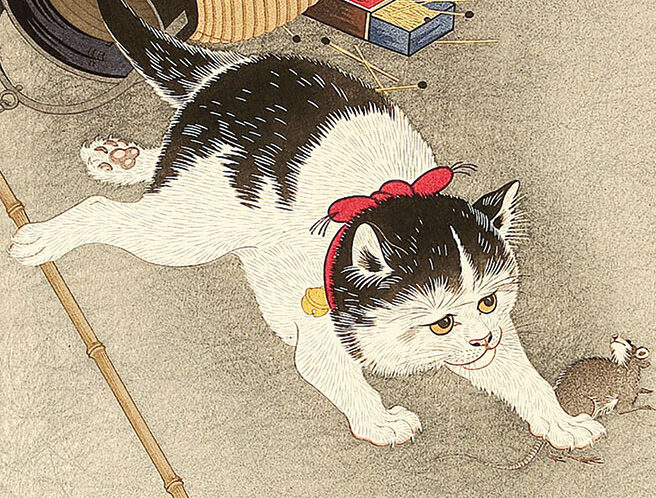
It doesn’t matter how long you live, but whether you live well, say the Japanese centenarians who have found the recipe for eternal happiness: find your goal and stick to it. Eat well, meditate and love – especially your neighbours.
It was a warm September afternoon. The sun was still quite strong, but the brown, low houses effectively suppressed the harsh light. We were in the Higashiyama District, the oldest part of Kyoto, whose winding, cobbled streets lead to the traditional 17th-century tearooms. The tea ceremony, known in Japan as chadō or sadō, was about to begin. Together with five other guests – tourists from Germany, China and Korea – we were invited first for a short walk around the Zen garden surrounding the building, and then to the tea pavilion. “Welcome to the tea road,” Akiko – the master of ceremony, dressed in a beautiful pastel kimono – greeted us. Her chadō lasted for over an hour and was a sequence of carefully studied elements: first the presentation of utensils and ceramics located in the pavilion, their brief contemplation, preparation of tea, consumption of the drink and traditional sweets specially selected for the occasion, conversation about tea, and finally cleaning and farewell. “How long have you worked here?” a German tourist asked Akiko. With the help of the translator, she answered. At first, she bowed her head modestly, saying that on her tea journey she was like a new-born that knows very little. She was 55 years old.
Many years later, I saw a short video








